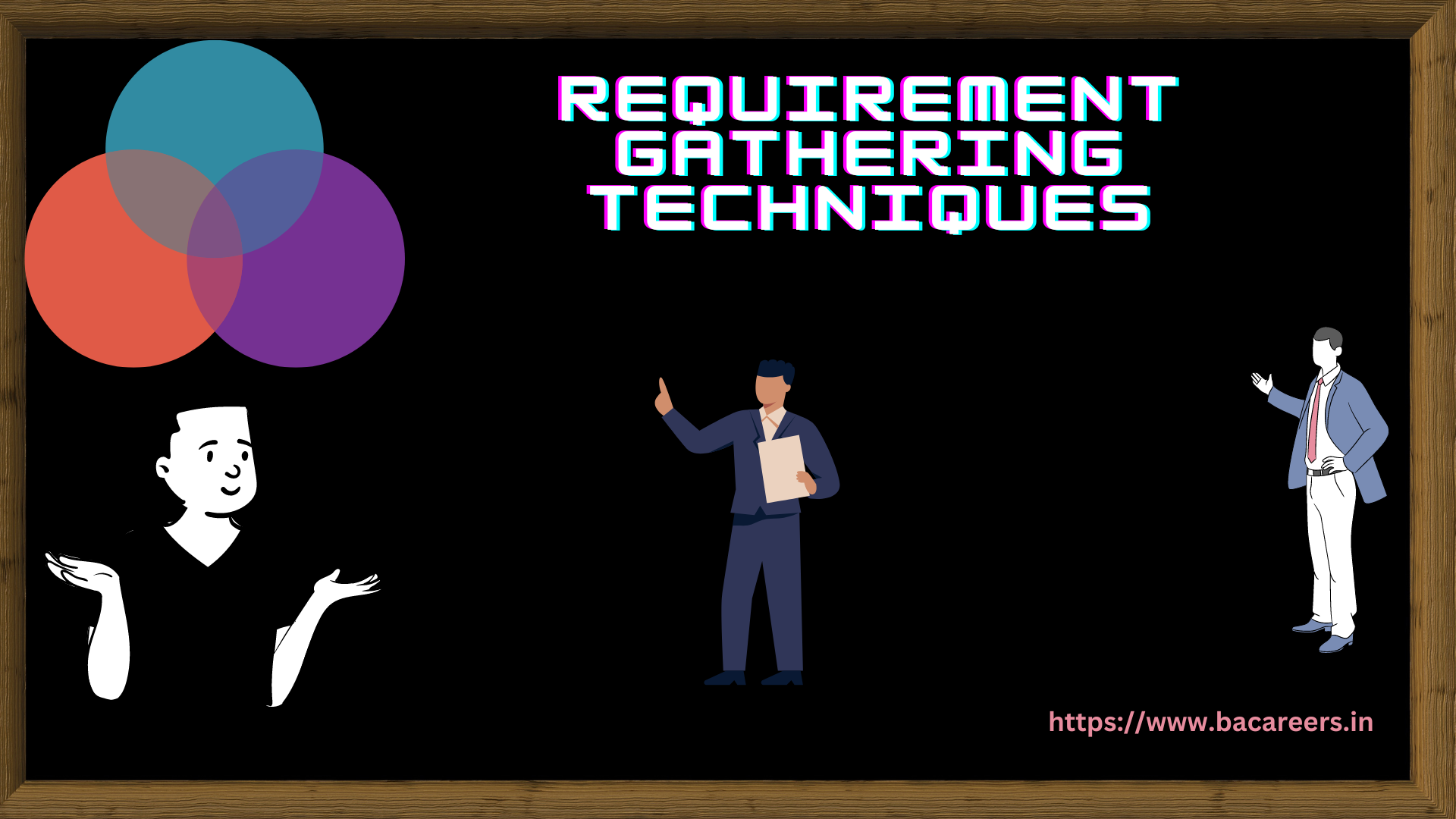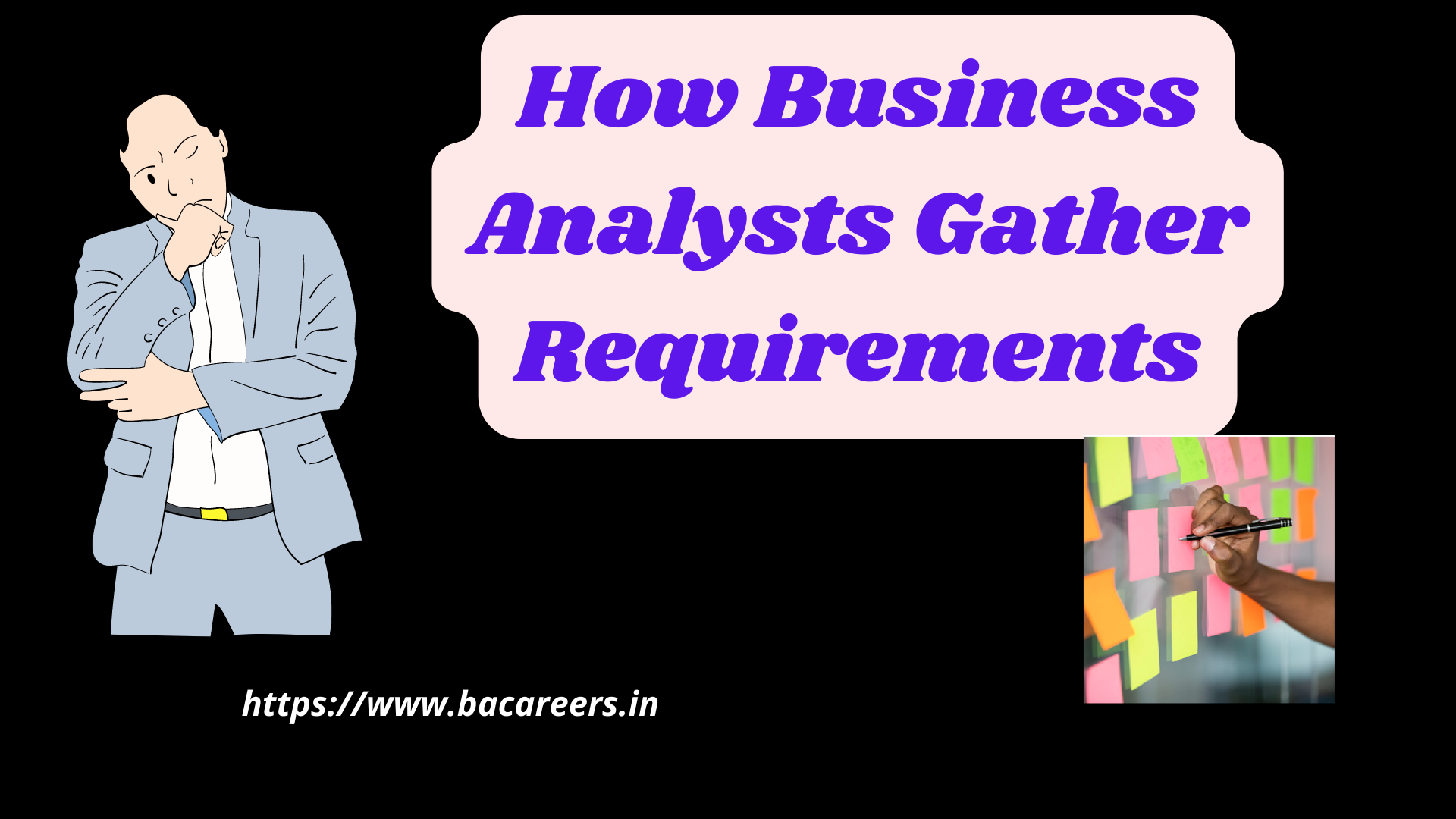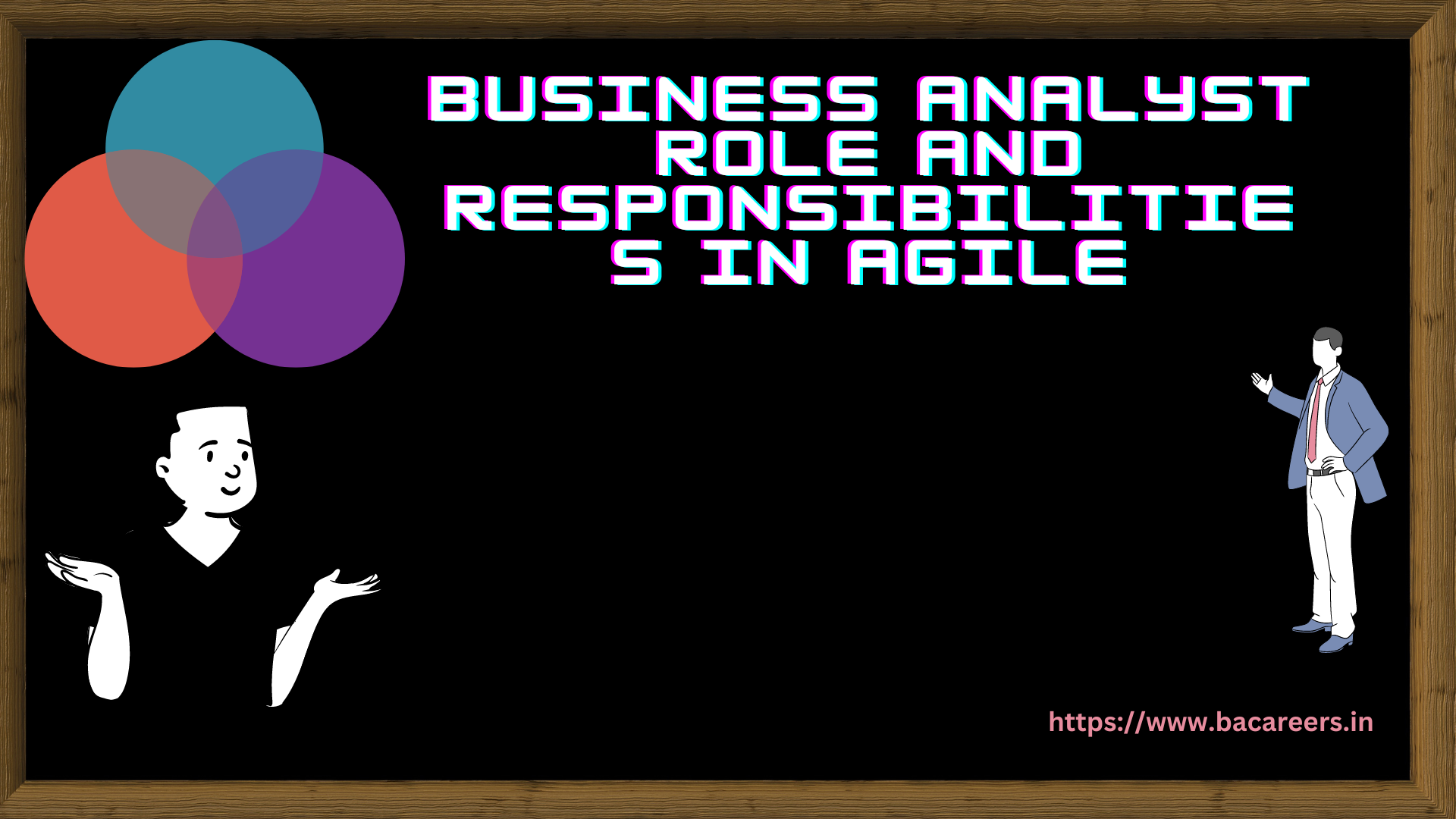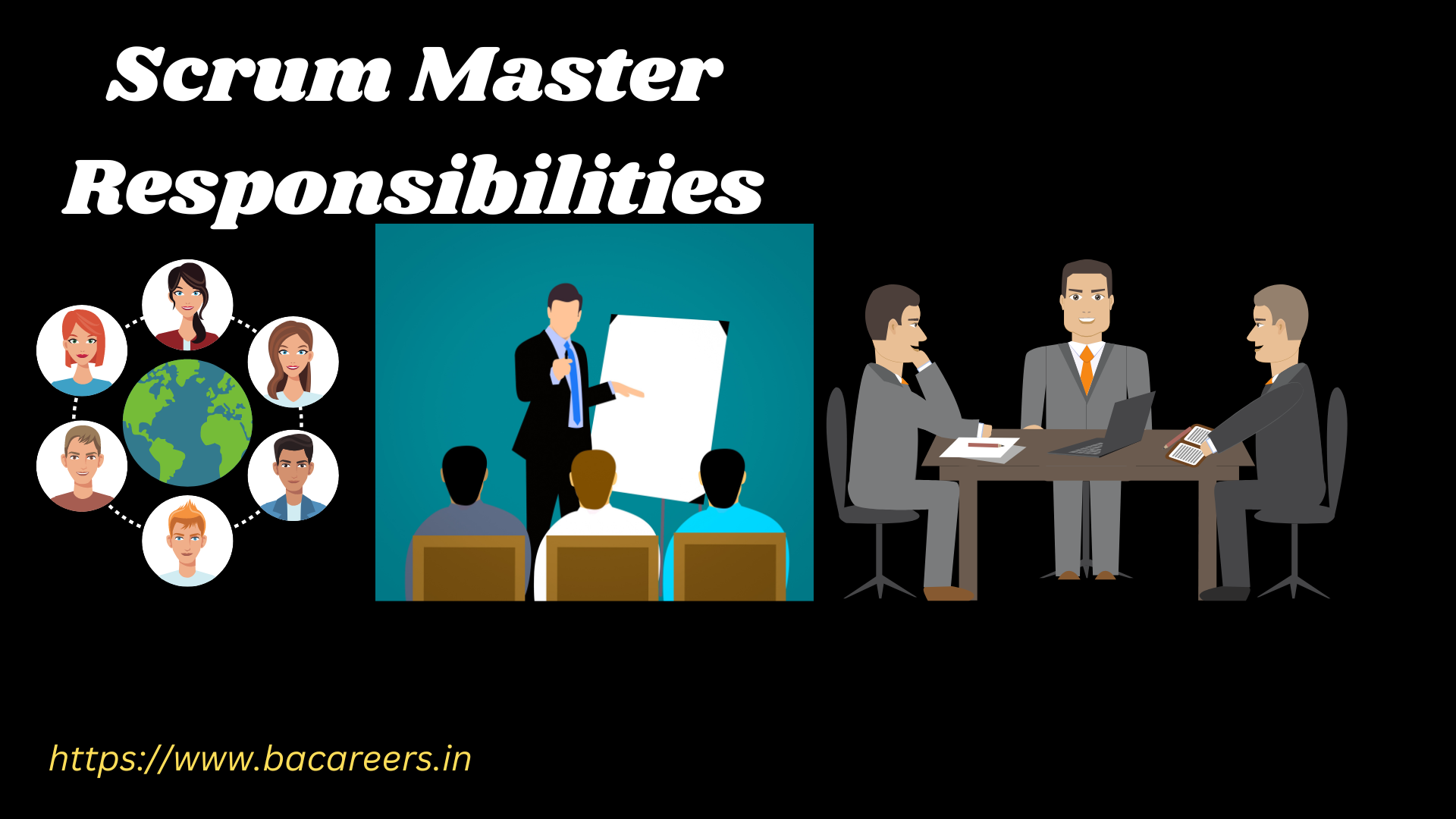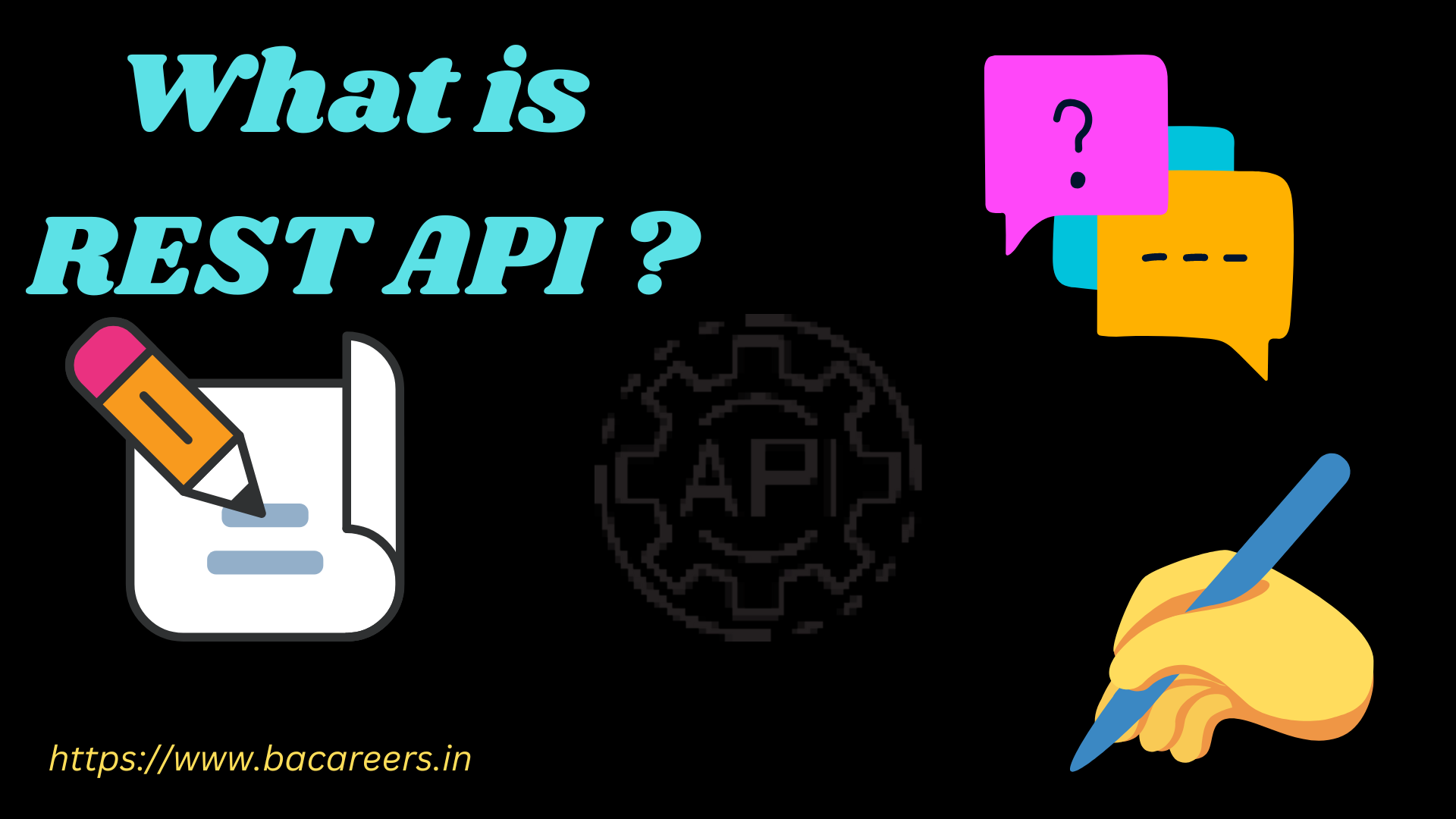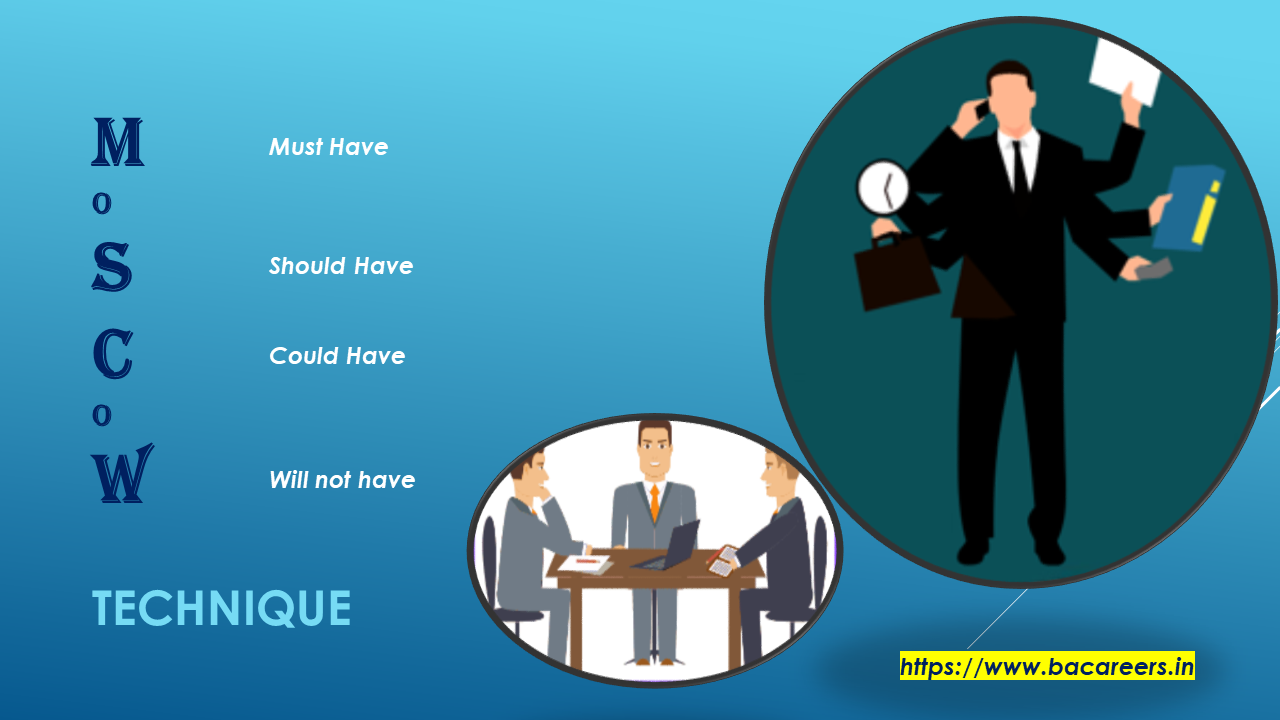Have you ever wondered what is MVP is and why having one is important in product development? An MVP, or Minimum Viable Product, can be an invaluable tool for entrepreneurs and startups aiming to build a successful product. Find out how to use it effectively by reading this guide on the benefits, best practices, and definition of an MVP.
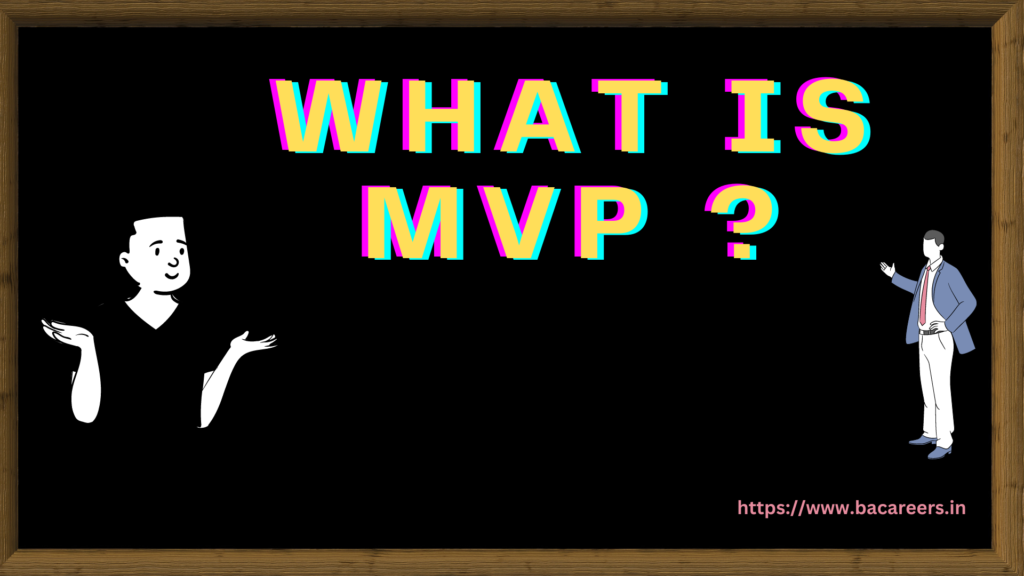
Definition of an MVP
An MVP is an early version of a product that has the minimum possible set of features required for solving the customer’s problem. It allows entrepreneurs to quickly test and validate their hypotheses about the market needs, gather feedback, and assess if an idea deserves further investment. Partnering with an experienced software engineering team will increase the likelihood of success in creating a successful MVP.
Benefits of Building an MVP
Creating an MVP is a great way to validate a product idea and reduce the risk of investing in a misguided product. It allows entrepreneurs to quickly build an early iteration of their product, test it with a wide audience, get quality feedback, and iterate on the design. An MVP also helps entrepreneurs save time and money by allowing them to focus on only what’s important for the most basic version of their product. Plus, they can analyze customer usage patterns and how they interact with the product to plan future features.
Identifying What to Include in Your MVP
When creating an MVP, it’s important to identify what set of features should be included in your product. Think about the most essential elements that will define a successful product and make sure each one is addressed. Additionally, try to focus on customer needs and what problem or gap the product will fill. Identifying the “must have” features for your MVP is critical for successful product development down the line.
Building a User-friendly MVP
Building a user-friendly MVP is essential if you want your customers to be able to use it and keep using it. Make sure you are testing the product while building it to ensure it is easy enough for users to understand. Additionally, consider providing visually appealing navigation and design that makes sense in terms of the user’s expectations and needs. With an MVP, remember that less can be more—if you focus on creating a few key features with great user experience, you will have better chances of success in the long run.
Validating Your MVP’s Performance
It’s important to ensure your MVP is performing as expected and is reliable for users. A/B testing, user testing, and surveys are great strategies to help you validate the performance of your MVP. By collecting meaningful insights from stakeholders, you will gain valuable data about user experience and product functionality that can be used to refine your offering. Additionally, monitoring performance metrics such as conversion rates can help identify which features or pages need to be optimized further.
what is MVP in software development
In business lately has been all about the MVP (minimum viable product). Many aspiring developers are jumping on the bandwagon, thinking that this is a magic formula that will get them ahead of the curve. However, while a well-executed MVP may have some benefits, it is not the ultimate goal for every software development project.
1. Clear and Concise Goals
The first and most important thing is to have unambiguous and concise goals for your project. If you do not understand what you are trying to achieve, then it is easy to get lost in the weeds. Without clarity about your end goal, you will also be less likely to focus on the most important aspect of any software development project: the user experience.
2. Well-Executed User Interfaces
Creating an effective user interface is arguably one of the most important aspects of any software development project. The more features your app or website provides, the higher the chance that users will engage with it and return to it again and again. Poor user interfaces tend to frustrate users, which can lead to a decrease in engagement and even abandonment of your product. It is critical that you hire a team of experienced designers who understand how people interact with digital products.
3. Implementation Efficiency
Not everything has to be perfect when it comes to user interfaces – in fact, some common errors can actually improve implementation efficiency by eliminating extra tasks during development. By taking shortcuts here and there, you can save valuable resources that would be better invested in developing features that are more important for your users.
4. Optimization Efforts
Another often overlooked factor in software development is optimization efforts. Poorly written code is slow to run and can cause issues on devices such as smartphones or tablets. By implementing optimizations early on in your project, you can save time and frustration down the road when users encounter Minimal Viable Products (MVPs)
You can refer below articles also.
What is the role of a business analyst in a migration project?
10 Requirement Gathering Techniques to Kickstart Project
FAQ’S
What is an MVP in business?
A minimum viable product (MVP) is the release of a new product (or a major new feature) that is used to validate customer needs and demands prior to developing a more fully featured product. To reduce development time and effort, an MVP includes only the minimum capabilities required to be a viable customer solution.
What does MVP mean in agile?
Minimum Viable Product The MVP, or Minimum Viable Product, is basic to the practice of Agile. And it’s also something that generates resistance. We’ve heard our clients say things like, “Our execs don’t want the minimum—they want the best quality possible.” Indeed, why wouldn’t you want to do your best?
Why do we use MVP?
What is the purpose of building MVPs? The primary goal of the MVP is to always minimize time and effort wasted by testing how the market reacts to your idea before building the complete product. Validate product idea hypotheses with real-life data. Reduce time-to-market for new feature releases.

Business Analyst , Functional Consultant, Provide Training on Business Analysis and SDLC Methodologies.

